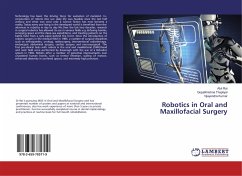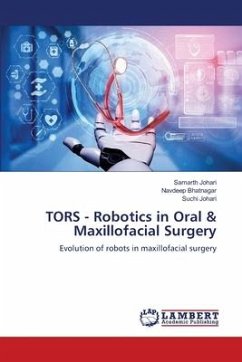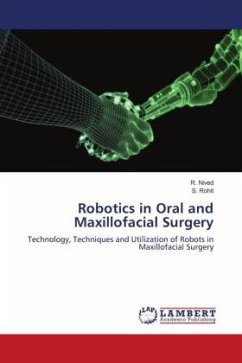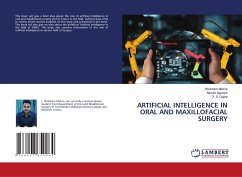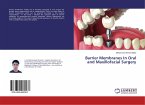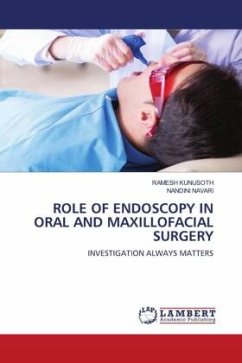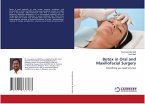Technology has been the driving force for evolution of mankind. In-corporation of robots into our daily life was feasible since the last half century and what was once only a science fiction has now become a reality. Today every one living in the developed world is benefited from the advances in robotics in day to day life.Over the last two decades, research in surgical robotics has allowed its use in various fields e.g defusing bombs, surveying space and the deep sea expeditions, and treating patients on the battle field from a safe place behind the front. Since the introduction of robotic surgery in the medical field in 1985, a number of surgical disciplines such as orthopaedics, urology, radiosurgery, interventional radiotherapy, endoscopic abdominal surgery, cardiac surgery and neurosurgery4. The first pre-clinical tests with robots in the oral and maxillofacial (OMF)/head and neck field were performed by Kavanagh with the use of a Robodoc system in 1994. Robots offer a number of potential improvements over unassisted human hands, such as tremor filtration, scaling of motion, enhanced dexterity in confined spaces, and extremely high precision.
Bitte wählen Sie Ihr Anliegen aus.
Rechnungen
Retourenschein anfordern
Bestellstatus
Storno

